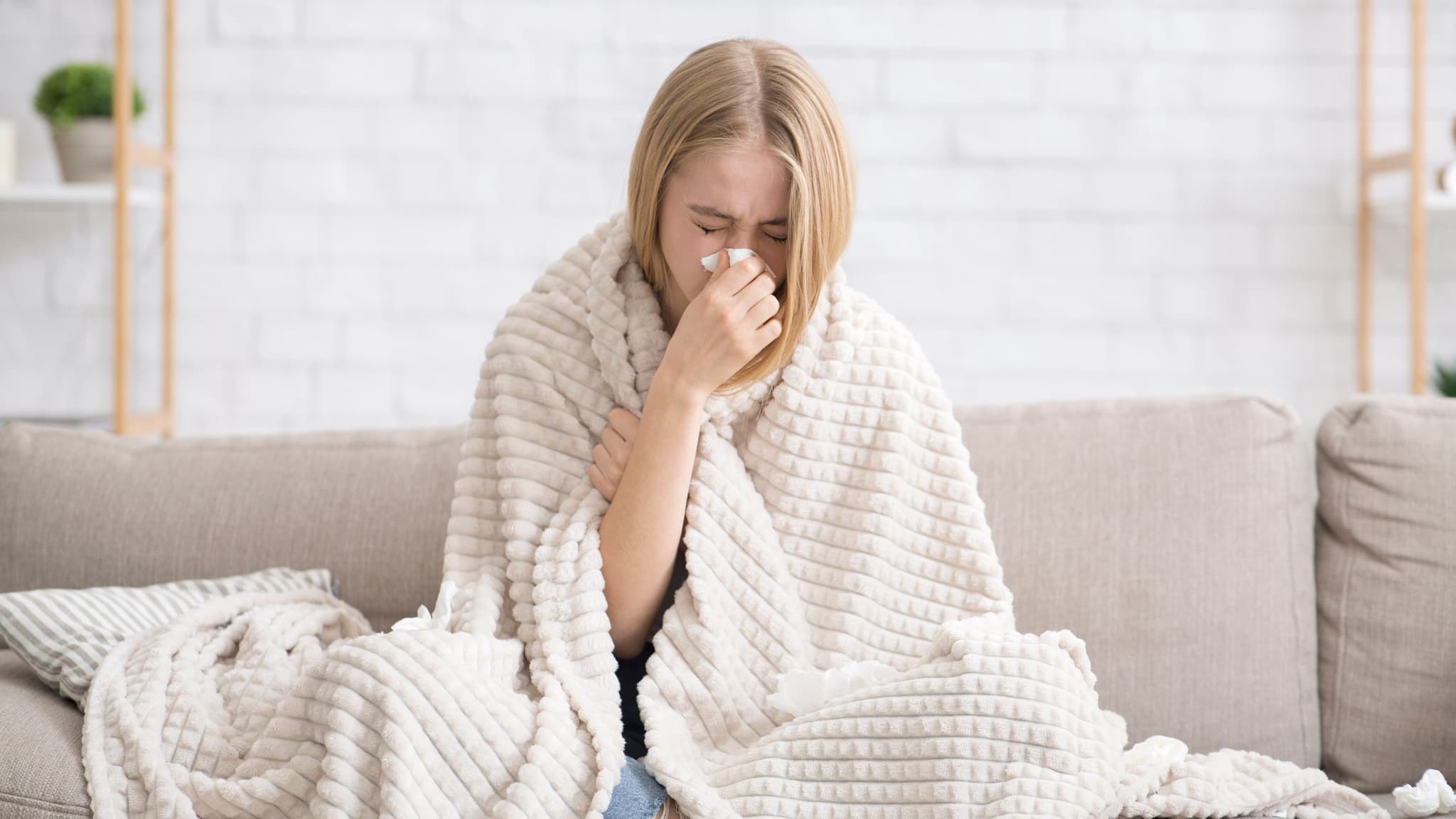
2025-11-21T14:10:25
How to Prevent Gestational Diabetes
- Family Medicine
- Internal Medicine
- OB/GYN
January 9, 2025 | Family Medicine • Internal Medicine • Urgent Care
Specialties:Family Medicine • Internal Medicine • Urgent Care

As winter continues, it’s essential to be aware of common viral respiratory illnesses that tend to surge during the colder months. Understanding these illnesses and taking preventive measures can help protect you and your loved ones.
Understanding the Causes, Symptoms, and Impact of Respiratory Illnesses
A respiratory illness refers to any condition that affects the respiratory system, which includes the nose, throat, airways, and lungs. These illnesses can range from mild, such as the common cold, to severe, such as pneumonia or chronic obstructive pulmonary disease (COPD). Respiratory illnesses may be caused by viruses, bacteria, environmental factors, or chronic conditions. Symptoms often include coughing, wheezing, shortness of breath, and chest discomfort, though they vary depending on the specific illness. Prompt diagnosis and treatment are essential, as respiratory illnesses can impact overall health and quality of life, particularly in vulnerable populations like young children, the elderly, and those with compromised immune systems.
Common Viral Respiratory Illnesses:
While respiratory illnesses like COVID-19, flu, and RSV can affect anyone, some individuals face a heightened risk of severe complications. Understanding these risk factors is essential to provide targeted prevention strategies and support for vulnerable groups.
Recognizing risk factors for respiratory illness allows for:
By understanding and addressing these vulnerabilities, we can collectively work towards reducing the impact of respiratory illnesses during the winter season.
By staying informed and adopting these preventive measures, you can help protect yourself and others from common viral respiratory illnesses this winter.
Winter tends to bring a higher risk of viral respiratory illnesses, but with awareness and proactive measures, you can significantly reduce your chances of infection. Vaccination remains a cornerstone of prevention, complemented by good hygiene practices, staying home when sick, and being mindful of those at higher risk.
By understanding the common illnesses, their risk factors, and the best ways to prevent them, you’re not only protecting yourself but also safeguarding the health of your community. Let’s work together to make this winter season healthier and safer for everyone.
If you’re feeling unwell or experiencing symptoms of a respiratory illness, don’t hesitate to visit a Revere Health Urgent Care location for prompt and professional care. Your health is our priority—get the care you need when you need it!

WRITTEN BY:
Shayliah Lassen
Shayliah is currently an intern at Revere Health focusing on Digital Marketing. With a Bachelor's of Science in Business Administration and Marketing from Western Governors University, she brings a solid foundation in digital marketing to her role as a Marketing Intern. Outside of work, Shayliah enjoys baking, playing pickleball, hitting the gym, and listening to new music. These interests reflect her vibrant and dynamic approach to both her personal and professional life.

2025-11-21T14:10:25

2025-11-03T11:32:24

2025-10-21T11:51:52

2025-08-20T16:07:59
This information is not intended to replace the advice of a medical professional. You should always consult your doctor before making decisions about your health.